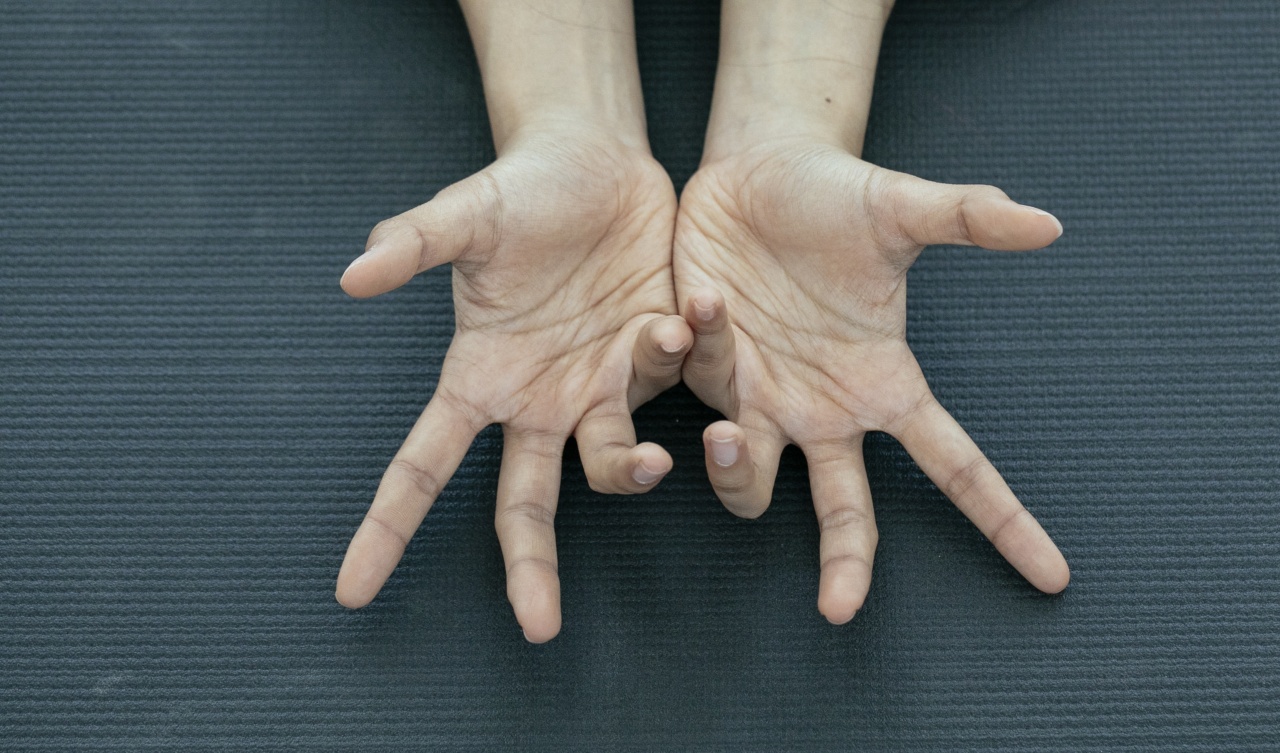Skin diseases are common conditions that affect a significant portion of the population. They can range from minor irritations to severe and debilitating conditions. Many skin diseases are visible and can be easily identified through photographs.
In this article, we will explore the top 5 common skin diseases seen in photos.
H2: Acne
Acne is a widespread skin condition that affects both teenagers and adults. It is characterized by the occurrence of pimples, blackheads, whiteheads, and cysts on the face, neck, chest, back, and shoulders.
Acne can vary in severity, with some individuals experiencing mild breakouts and others suffering from severe and persistent acne.
The main causes of acne include excessive oil production, clogged hair follicles, bacteria, and hormonal changes. It can be exacerbated by factors such as stress, certain medications, and dietary choices.
Treatment options for acne include topical creams, oral medications, and lifestyle changes.
H2: Eczema
Eczema, also known as atopic dermatitis, is a chronic inflammatory skin condition. It is characterized by dry, itchy, and inflamed patches of skin. Eczema can occur at any age and is often associated with allergies and asthma.
The affected areas can vary from person to person, but commonly appear on the hands, feet, elbows, and knees.
The exact cause of eczema is unknown, but it is believed to involve a combination of genetic and environmental factors. Triggers for eczema flare-ups include irritants, allergens, stress, and climate changes.
Treatment focuses on relieving symptoms, moisturizing the skin, avoiding triggers, and using medications such as corticosteroids or immunomodulators.
H2: Psoriasis
Psoriasis is a chronic autoimmune condition that speeds up the growth cycle of skin cells. It results in the accumulation of thick, red, raised patches of skin covered with silvery scales.
Psoriasis most commonly affects the elbows, knees, scalp, and lower back, but it can occur anywhere on the body.
The exact cause of psoriasis is unknown, but it is believed to involve genetic and immune system abnormalities. Triggers for psoriasis flare-ups include stress, infections, certain medications, and injuries to the skin.
Treatment options for psoriasis include topical creams, light therapy, oral medications, and biologic drugs.
H2: Rosacea
Rosacea is a chronic inflammatory skin condition that primarily affects the face. It is characterized by redness, flushing, visible blood vessels, and the development of small, red, pus-filled bumps.
Rosacea usually begins after the age of 30 and tends to affect fair-skinned individuals.
The exact cause of rosacea is unknown, but it is believed to involve a combination of genetic and environmental factors. Triggers for rosacea flare-ups include sunlight, hot or cold weather, spicy foods, alcohol, and certain skincare products.
Treatment options for rosacea include topical medications, oral antibiotics, laser therapy, and lifestyle modifications.
H2: Dermatitis
Dermatitis refers to inflammation of the skin and is usually accompanied by itching, redness, and swelling. There are different types of dermatitis, including contact dermatitis, seborrheic dermatitis, and nummular dermatitis.
Contact dermatitis occurs when the skin comes into contact with an irritant or an allergen. Common irritants include soaps, detergents, and certain fabrics, while allergens can include substances like nickel or latex.
Seborrheic dermatitis primarily affects the scalp but can also occur on the face and other parts of the body. Nummular dermatitis appears as circular patches of irritated skin.
Treatment for dermatitis varies depending on the type and severity. It may include avoiding triggers, using topical corticosteroids or immunomodulators, and practicing good skincare habits.





























